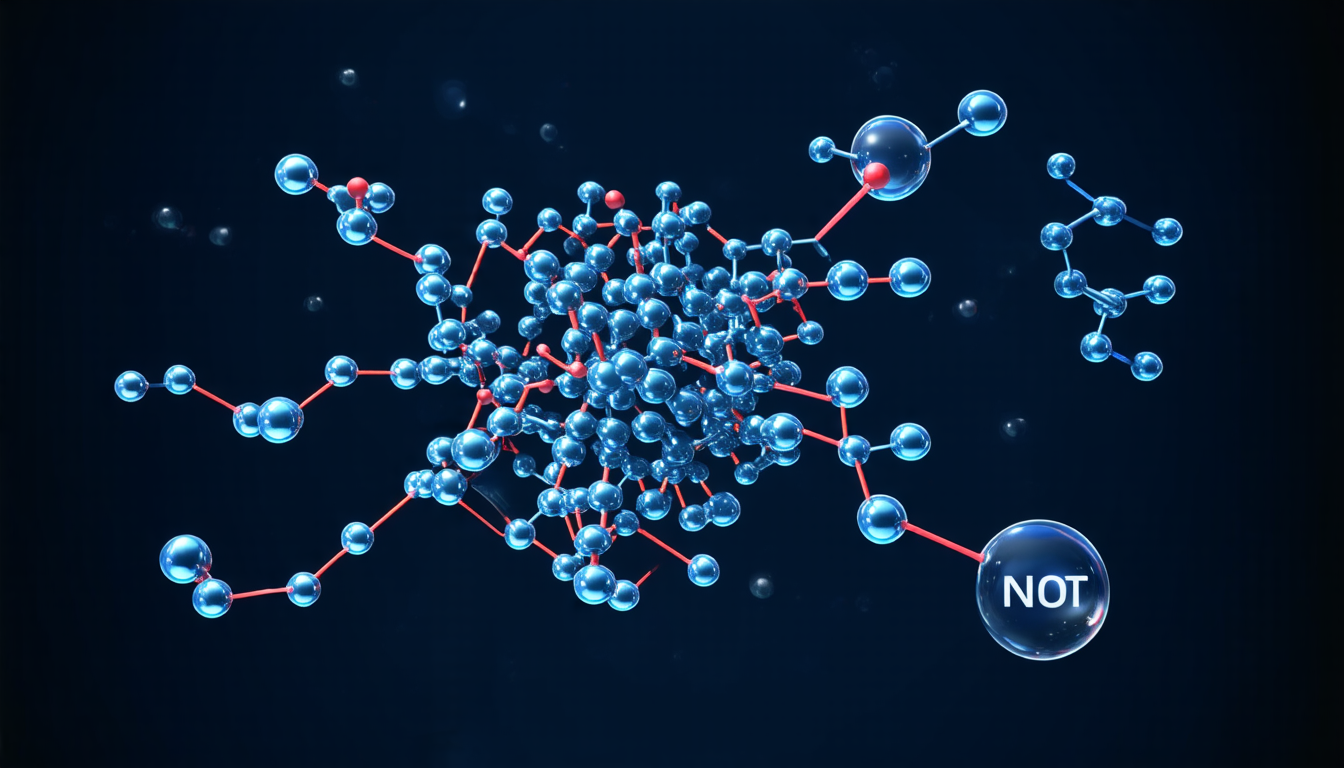Thursday 10 April 2025
When a liquid is cooled rapidly, it can bypass crystallization and form an amorphous solid known as glass. This phenomenon has fascinated scientists for centuries, but despite significant progress, the microscopic nature of glass remains poorly understood. Recent advances in computational and experimental techniques have shed new light on the complex dynamics of glass-forming liquids.
Researchers have long been interested in the properties of glass, particularly its ability to exhibit both rigid mechanical behavior and disordered atomic structure. To better understand this enigma, scientists have turned to computer simulations and experiments using advanced materials like metallic glasses.
One key finding is that the diversity in particle relaxation behavior is statistically linked to a global topological feature of the transient network structures formed by particles in a given liquid. This means that the way atoms move and arrange themselves during the glass transition is closely tied to the overall structure of the material.
This discovery has significant implications for our understanding of glassy materials. For example, it suggests that the formation of glass may be more closely related to the connectivity of atomic clusters than previously thought. This could lead to new strategies for designing and synthesizing glasses with specific properties.
Another intriguing aspect of glass is its ability to exhibit both fragile and strong behavior, depending on the conditions under which it is cooled. Fragile behavior is characterized by a rapid increase in viscosity as the glass transition temperature is approached, while strong behavior is marked by a more gradual increase.
Researchers have identified several key factors that influence this transition between fragile and strong behavior, including the composition of the material, its thermal history, and the presence of defects or impurities. By understanding these factors, scientists may be able to design glasses with specific properties for use in applications such as optics, electronics, and biomedicine.
The study of glass is also shedding light on the fundamental nature of complex systems. The intricate dynamics of glass-forming liquids share many features with other complex systems, including spin glasses and biological networks.
In particular, researchers have found that the same topological principles that govern the behavior of glass also apply to these other systems. This suggests that there may be a deeper underlying structure that unifies our understanding of complex phenomena across different fields.
As scientists continue to explore the mysteries of glass, they are uncovering new insights into the fundamental nature of matter and the behavior of complex systems. These findings have far-reaching implications for our ability to design and engineer materials with specific properties, as well as our understanding of the intricate dynamics that govern the behavior of complex systems.
Cite this article: “Unlocking the Secrets of Metallic Glass: A New Perspective on Structure and Dynamics”, The Science Archive, 2025.
Glass, Amorphous Solid, Computational Techniques, Experimental Methods, Metallic Glasses, Atomic Structure, Particle Relaxation Behavior, Topological Features, Fragile And Strong Behavior, Complex Systems.







